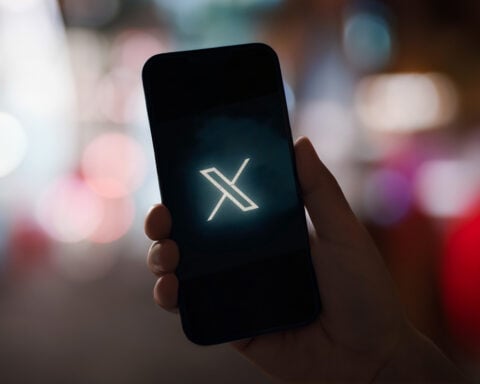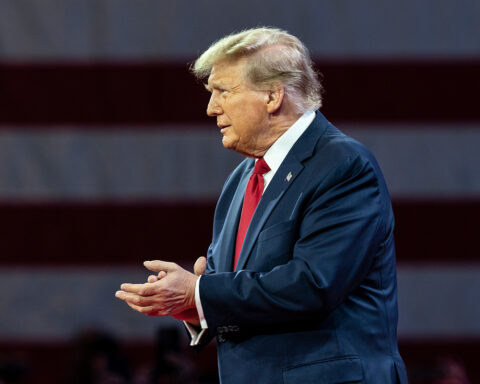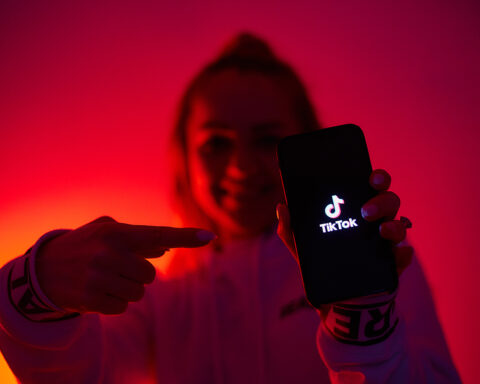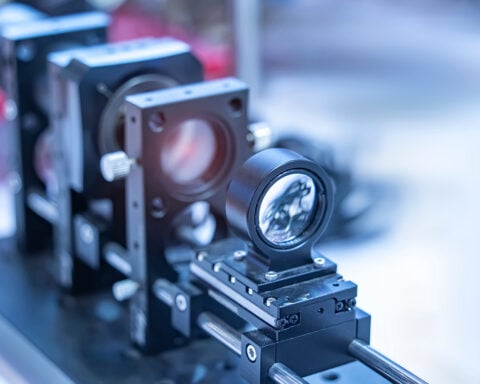The rapid growth of artificial intelligence (AI) in image creation has raised significant challenges for both search engines and users. Concerns surrounding intellectual property, the environment, and the potential spread of misinformation are just a few of the issues this technology brings to the table. What once seemed like a futuristic idea is now part of everyday internet searches, with AI-generated images showing up more frequently, sparking debates about their authenticity and reliability.
The Rise of AI-Generated Images in Search Results
In the last few months, major search engines like Google and Bing have been featuring AI-generated images in their top results. These images are often so lifelike that at first glance, they appear to be actual photographs. While some AI-generated content is harmless, intended for artistic or commercial use, many images are unintentionally misleading. This new phenomenon complicates the already difficult task of distinguishing between real and fake content online.
A common example involves searches for “baby peacock” images. When users perform this search, they are often presented with AI-generated visuals featuring birds with oversized eyes and bright blue feathers, making them look more like animated characters than real animals. In reality, baby peacocks are brown with ordinary-looking eyes and features. Such imagery can easily mislead users who are unaware of AI’s involvement in creating these fanciful depictions.
Efforts to Label AI-Generated Content
In response to the rise of AI-generated images, Google has announced plans to label such content in the near future. This will involve tagging images with Content Provenance and Authenticity (C2PA) metadata, helping users distinguish between AI-generated and real photos. However, this labeling will only apply to images that conform to the C2PA standard. At present, there is no clear strategy for handling images that do not include this type of metadata, leaving a gap in the system that could allow misleading content to slip through.
The inconsistency in labeling poses a concern as AI images become more refined and difficult to detect. Although some platforms are moving toward better regulation, many AI-generated visuals continue to appear alongside genuine images, contributing to the spread of inaccurate information across the web.
How to Spot AI-Generated Images
While many AI-generated images are designed to be indistinguishable from real photos, there are often subtle clues that can help users identify them. One common error occurs in facial features and body parts. For example, AI-generated animals may have overly large eyes or limbs that look disproportionate. In human images, fingers, hands, and legs often appear misshapen or misplaced, as AI struggles to render these details accurately.
Beyond anatomy, discrepancies in lighting, texture, and shadows are also signs that an image may be artificially created. AI-generated images might have lighting that doesn’t align properly with the rest of the scene, unnaturally smooth textures, or mismatched colors. Even text in the background of images can be a giveaway, with AI often producing incorrect or nonsensical wording. A now-famous instance involved an AI-generated advertisement for a chocolate brand that included the phrase “pasadise of sweet teats”—an obvious mistake but a clear indication of AI involvement.
The Consequences of AI-Generated Images in Search
The growing presence of AI-generated images in search results carries significant risks, particularly regarding misinformation. Even when these images aren’t intended to deceive, their inclusion can confuse users who are unaware that they are looking at AI creations. This problem is further complicated by the fact that many of these images lack proper disclaimers or labels, making it difficult for users to distinguish between real and AI-generated visuals.
As AI technology continues to evolve, it’s crucial for search engines to establish more effective methods for detecting and labeling AI-generated images. Google’s recent steps to address this issue are a good start, but there’s still much work to be done to ensure that AI-created content is properly managed and identified.
Until these measures are fully implemented, users must remain cautious. By learning to recognize the subtle inconsistencies in AI-generated images, individuals can play a key role in combating the spread of misinformation and preserving the accuracy of online search results.







